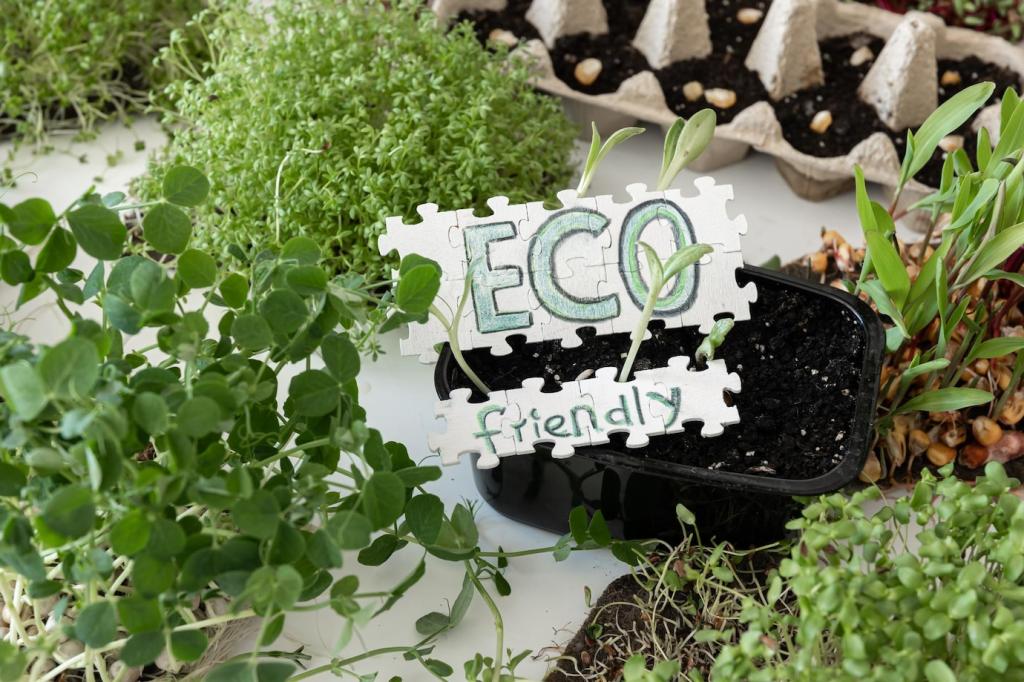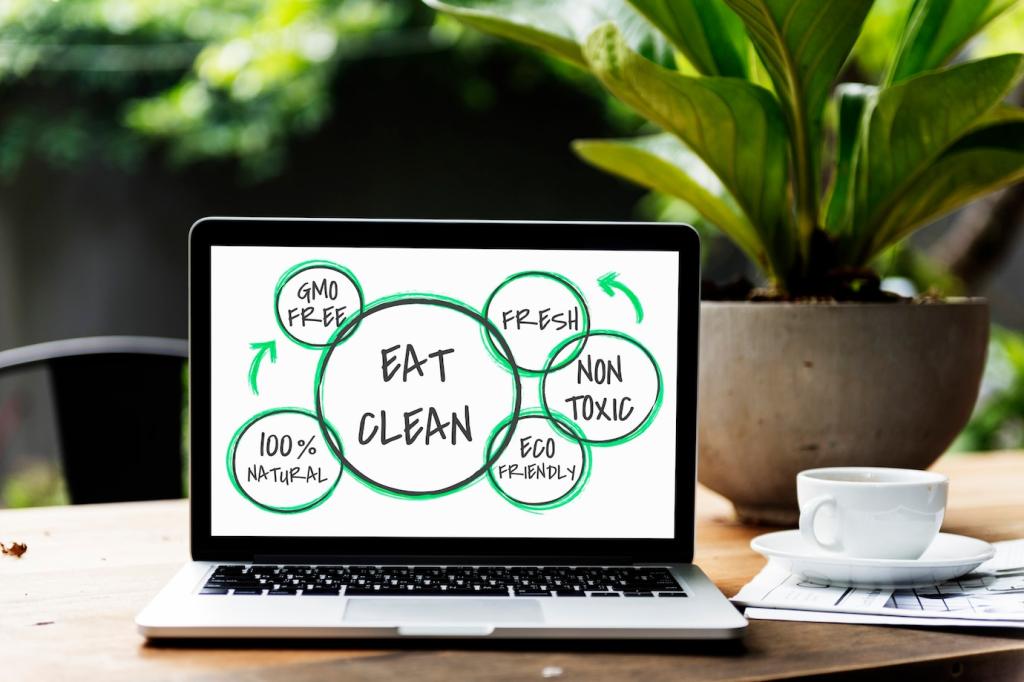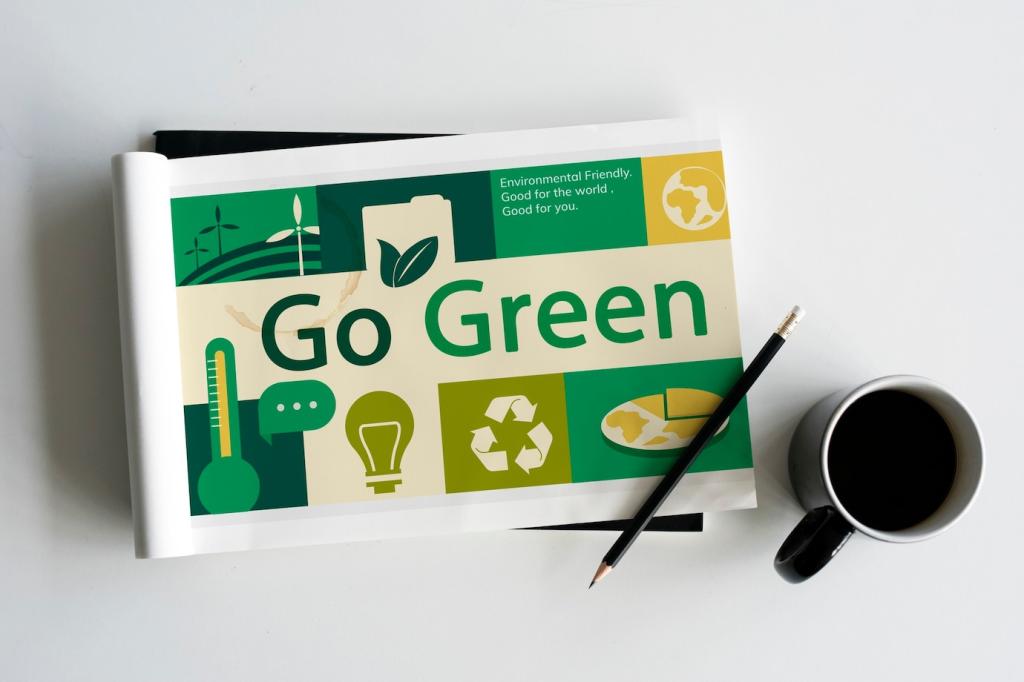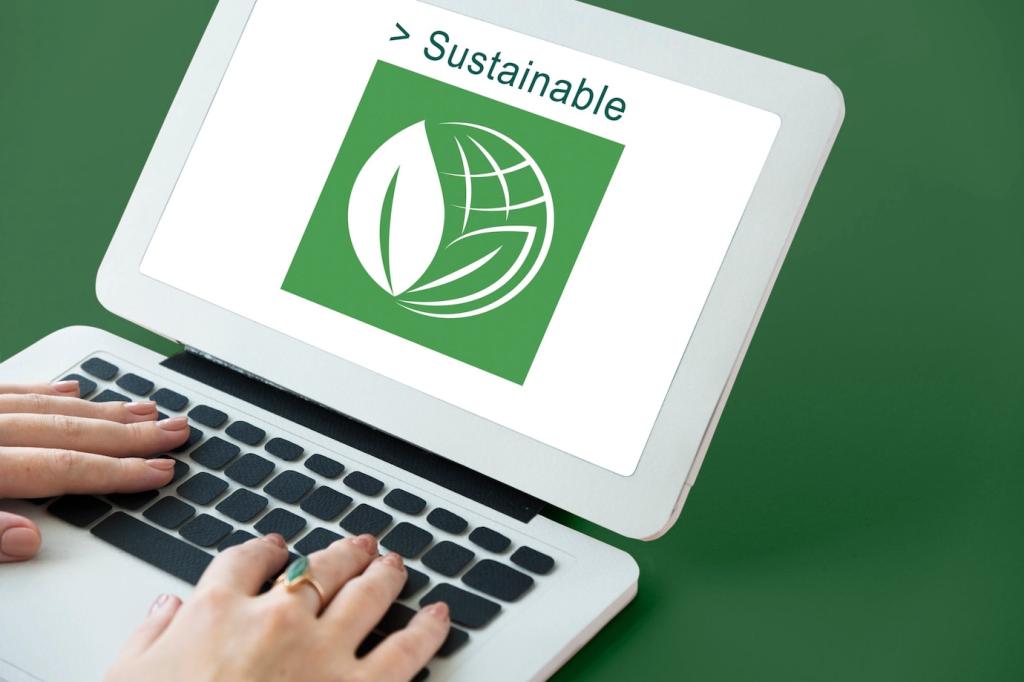Building Trust with Transparency in Eco-Copywriting
Chosen theme: Building Trust with Transparency in Eco-Copywriting. Welcome to a space where honest words meet measurable impact. Here, we explore how clarity, candor, and proof turn eco-claims into credibility—and readers into long-term advocates. Subscribe for practical playbooks, real stories, and copy that invites accountability.
Why Transparency Is the Trust Engine of Eco-Copywriting

Define Transparency Before You Write
Transparency in eco-copywriting means naming materials, disclosing trade-offs, and citing sources readers can verify. It favors precise baselines over vague superlatives and admits what is still unresolved. If your copy would survive a curious reader’s questions, you are on the right path. Ask yourself: what data, date, and details would help a skeptic feel informed? Then invite them to ask more.

A Real Moment: Admitting Imperfection
One outdoor brand rewrote its product page to admit its recycled zippers failed durability tests in cold weather. Returns dropped, oddly enough, because customers trusted the candor and used the product within the recommended temperature range. The copy explained the failure method, the fix timeline, and how to give feedback. Readers felt included, not persuaded—proof that transparency can strengthen loyalty.

Invite Dialogue, Not Blind Belief
Trust grows when readers can respond. Add a clear channel for questions about materials, sourcing, and impact methodology. Offer office hours, a public inbox, or a quarterly Q&A post where tough questions are prioritized. Encourage subscribers to challenge your assumptions and propose better measures. When people see their input reflected in updates, transparency becomes a shared practice.
Write claims that name the baseline, scope, and period: “Reduced water use by 31% versus our 2021 process, measured cradle-to-gate, audited annually.” Include the calculation boundaries and any exclusions. If a number is modeled, say so. The more a reader can trace your math, the more their trust grows. Invite readers to download the method and replicate the result.

Storytelling That Avoids Greenwashing
Frame your narrative as a journey with visible checkpoints. Share the milestones you hit and the ones you missed, along with lessons learned. Readers relate to the messy middle far more than a flawless finish. Ask subscribers to vote on next goals, then publish the winning choice and your plan. This turns storytelling into collective accountability.
Storytelling That Avoids Greenwashing
Replace generic supply chain language with names and maps. “Dyed in Prato, Italy, with closed-loop water systems; cut and sewn in Aveiro, Portugal; packed in FSC-certified boxes in Valencia.” Include a photo essay and a short interview with a plant manager about wastewater testing. Details not only humanize your copy—they anchor your claims in reality.



Tone, Data, and Visual Clarity That Build Confidence
Write With Calm Precision
Avoid absolutes like “zero impact forever.” Use grounded verbs—reduce, switch, repair, source, measure. Prefer short sentences and concrete nouns. Acknowledge uncertainty where it exists. Invite readers to ask for deeper detail via a friendly CTA: “Want the raw spreadsheet? Reply and we will send it.” Precision sounds confident because it has nothing to hide.
Visualize Data Without Distortion
Use consistent scales, clear labels, and notes on assumptions. Provide a downloadable CSV so readers can inspect numbers themselves. Pair charts with plain-language captions explaining what changed and why. If a figure worsened, show it and explain the correction. End with a question: “How would you visualize this better?” and invite submissions.
Keep Accessibility Front and Center
Add alt text for images, high-contrast palettes, and captions for videos explaining eco processes. Provide a screen-reader friendly version of each impact report. Accessibility is part of transparency because it ensures everyone can evaluate your claims. Ask readers to report barriers they encounter so you can fix them fast and publicly.

Create Open Feedback Loops
Host quarterly “Ask Us Anything” posts about materials, logistics, and end-of-life pathways. Publish answers and action items with owners and deadlines. Encourage subscribers to vote on which issues get tackled first. This approach turns passive reading into active stewardship and keeps your priorities aligned with community values.

Publish Impact Roadmaps and Updates
Share a 12-month roadmap with milestones, risks, and fallback plans. Update progress monthly, even when it stings. Archive every version so readers can see evolution over time. Invite experts in your community to annotate your roadmap with suggestions. Offer credit in your next update for helpful contributions.

Own Mistakes Publicly and Quickly
If a supplier change undermines a promise, say so promptly. Explain what happened, how you discovered it, and how you are correcting course. Provide timelines, compensation if relevant, and a prevention plan. Ask readers how you can make amends meaningfully. Owning missteps deepens trust because it demonstrates accountability under pressure.
